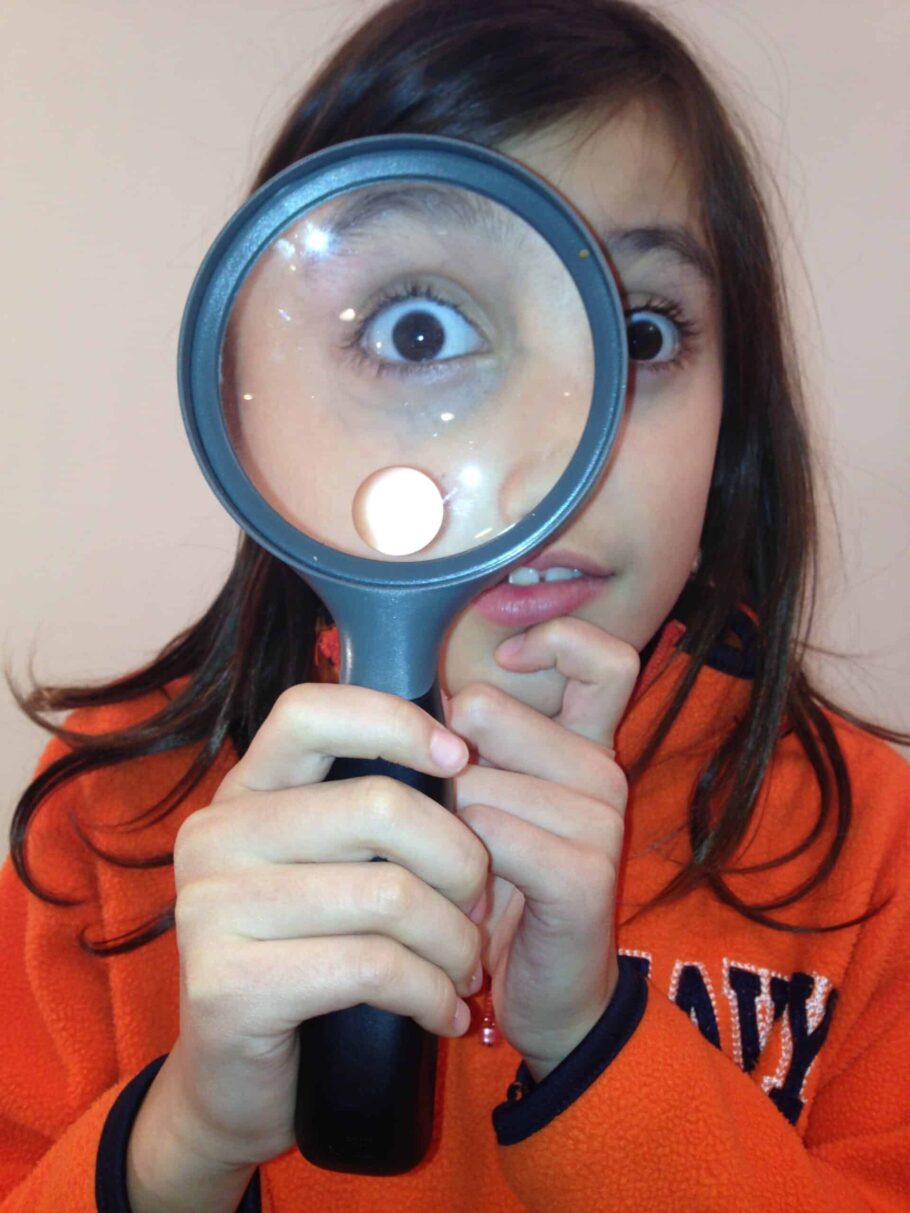New year’s resolutions give us an opportunity to set some goals for the coming months that we would like to achieve. Although this ‘fresh start’ can be exciting and full of opportunity, it can also be daunting and can make us feel like we don’t know where to start!
By breaking down our general aims and goals into tiny, manageable steps, we can help to give ourselves the best foot forward. Part of this is realising that when we ‘slip up’ or ‘fall off the wagon’, this is not a failure but simply an opportunity to learn why our resolution didn’t work, and where we can tweak our routine to make it more likely that it will be successful in the future.
This is why we call it ‘running the experiment’, because there is no right or wrong; it is all about finding what works best for you. In order to do that, it is completely normal to ‘fail’ at your experiment the first few times – but every time that happens, you will get a valuable insight into why it may not be working; that’s the gold dust. Only then can you amend your plan to take that into consideration.
Instead of a broad goal such as ‘get fitter’ or ‘do more exercise’; why not break it down further and get into the nitty-gritty of what this may actually look like. Otherwise, how will you know if you’ve actually achieved what you wanted to?


